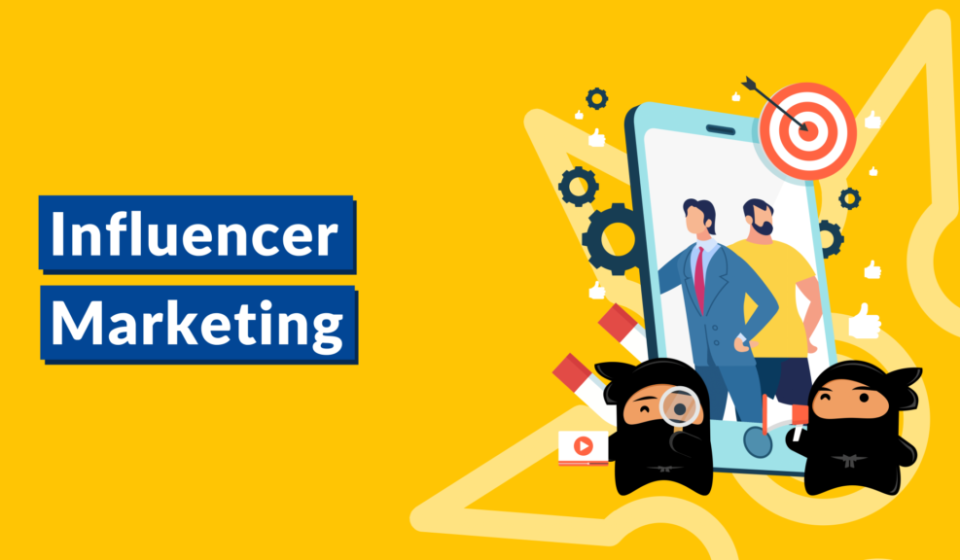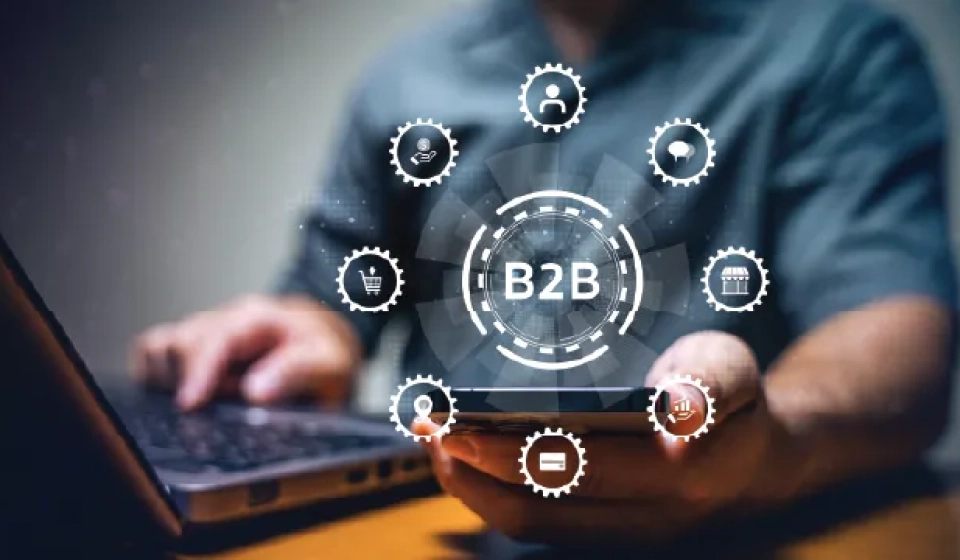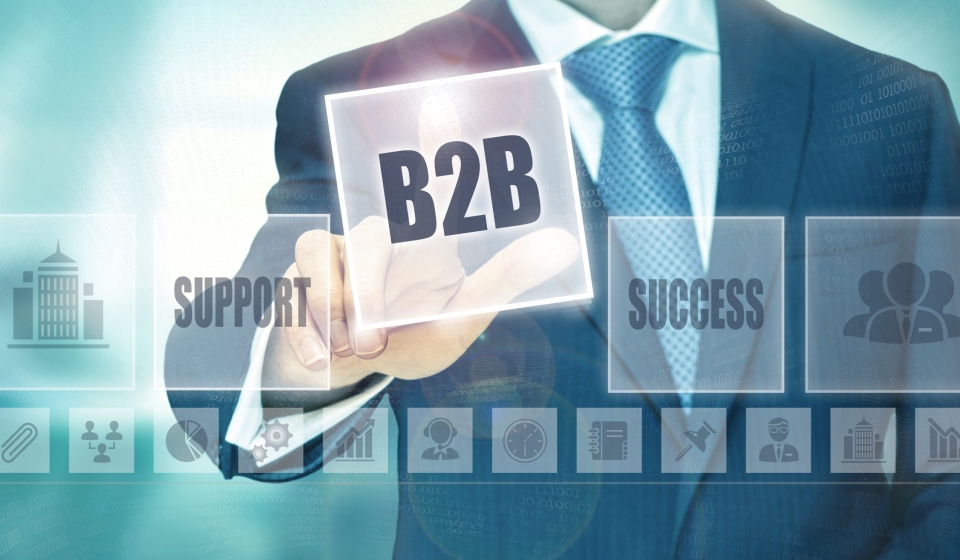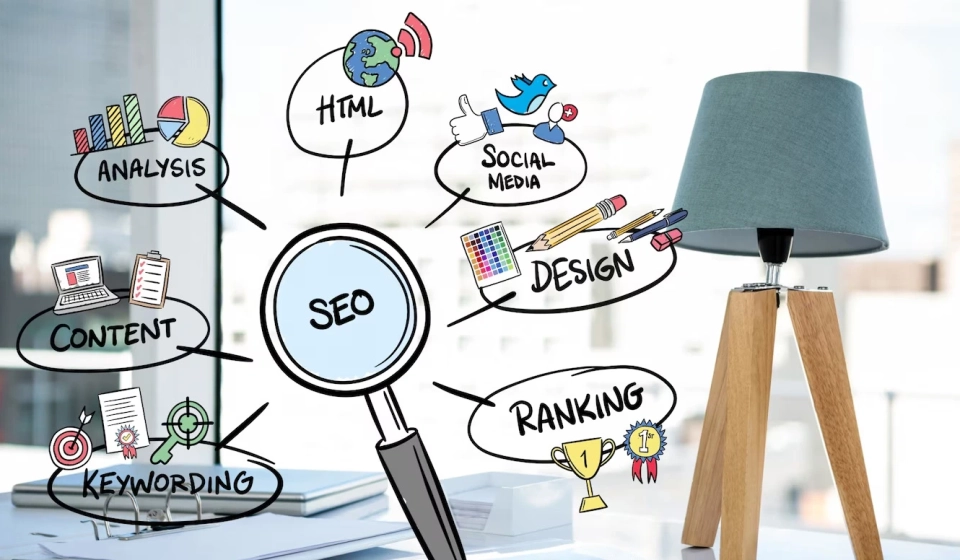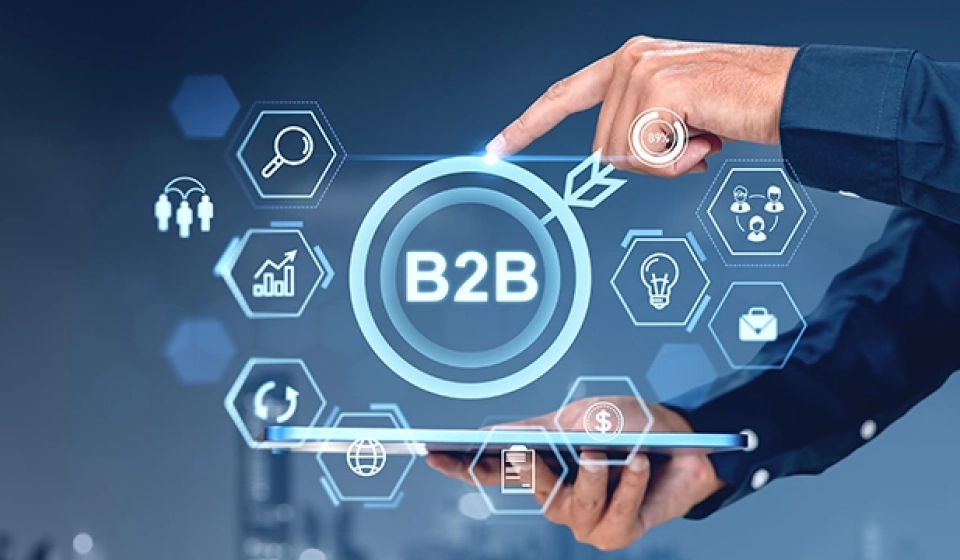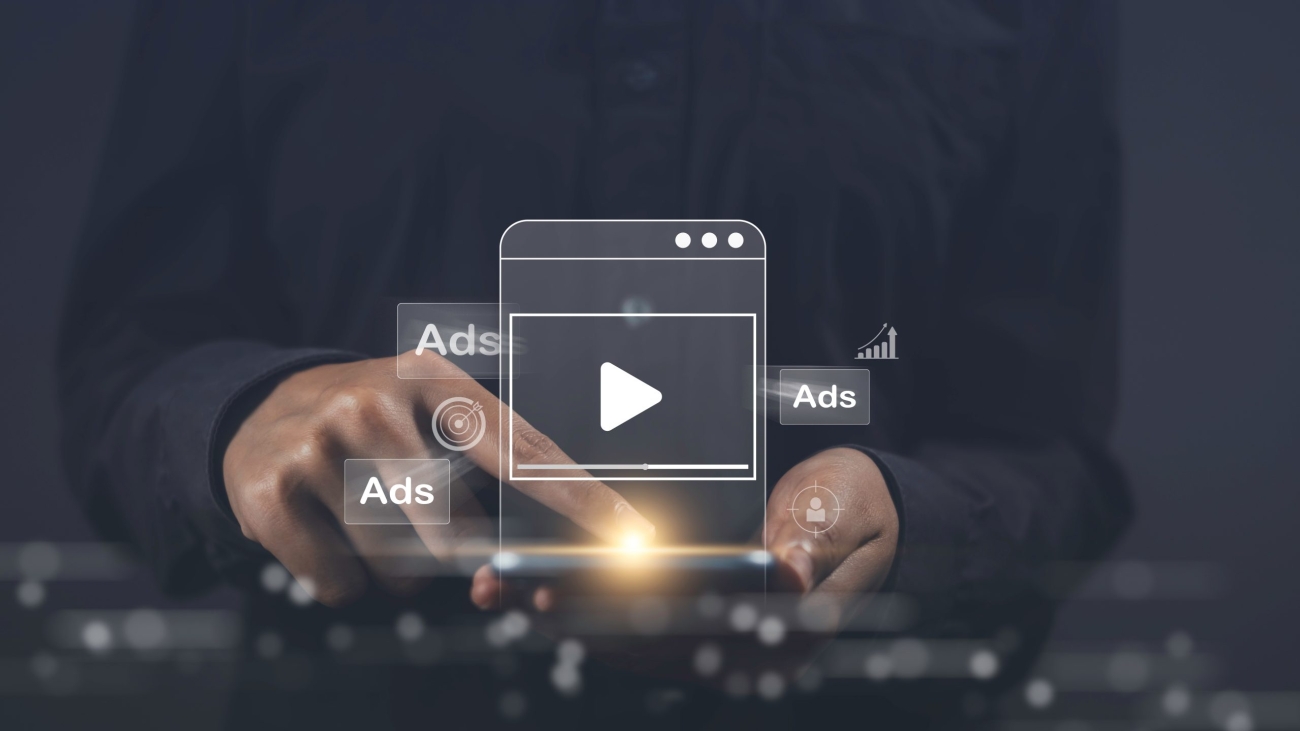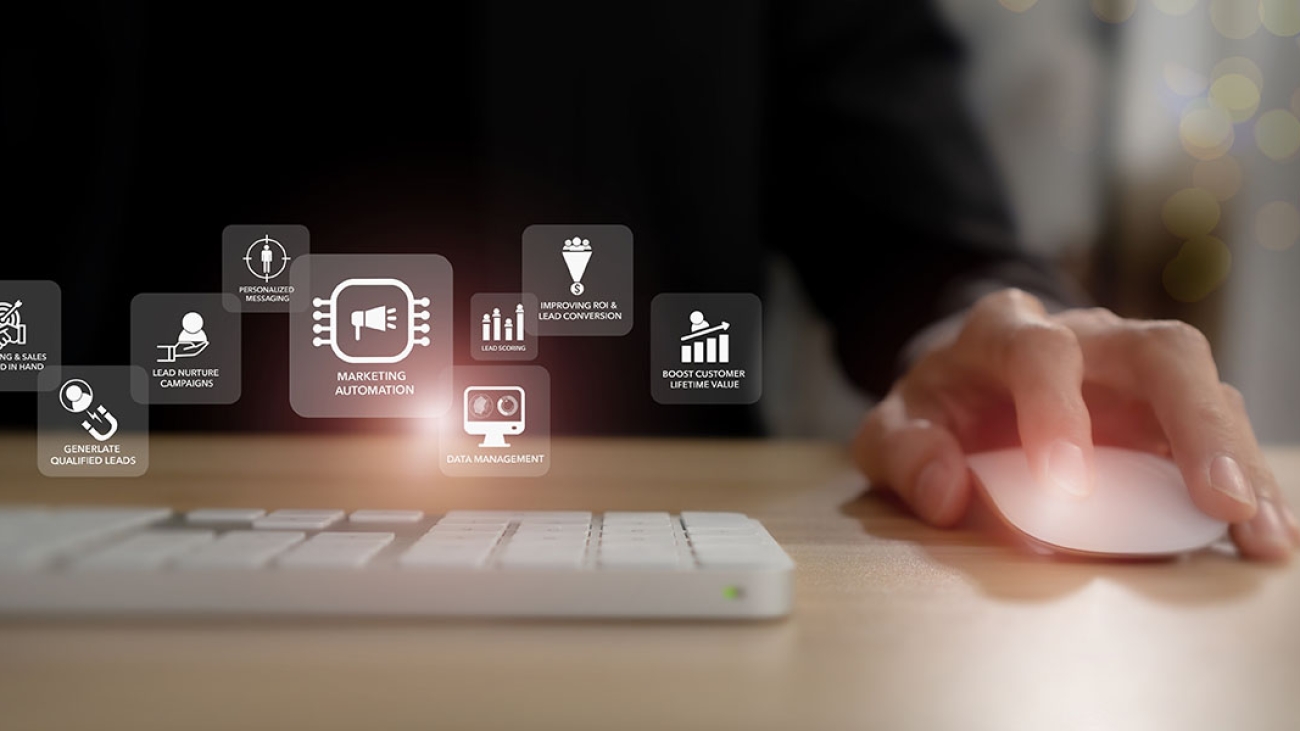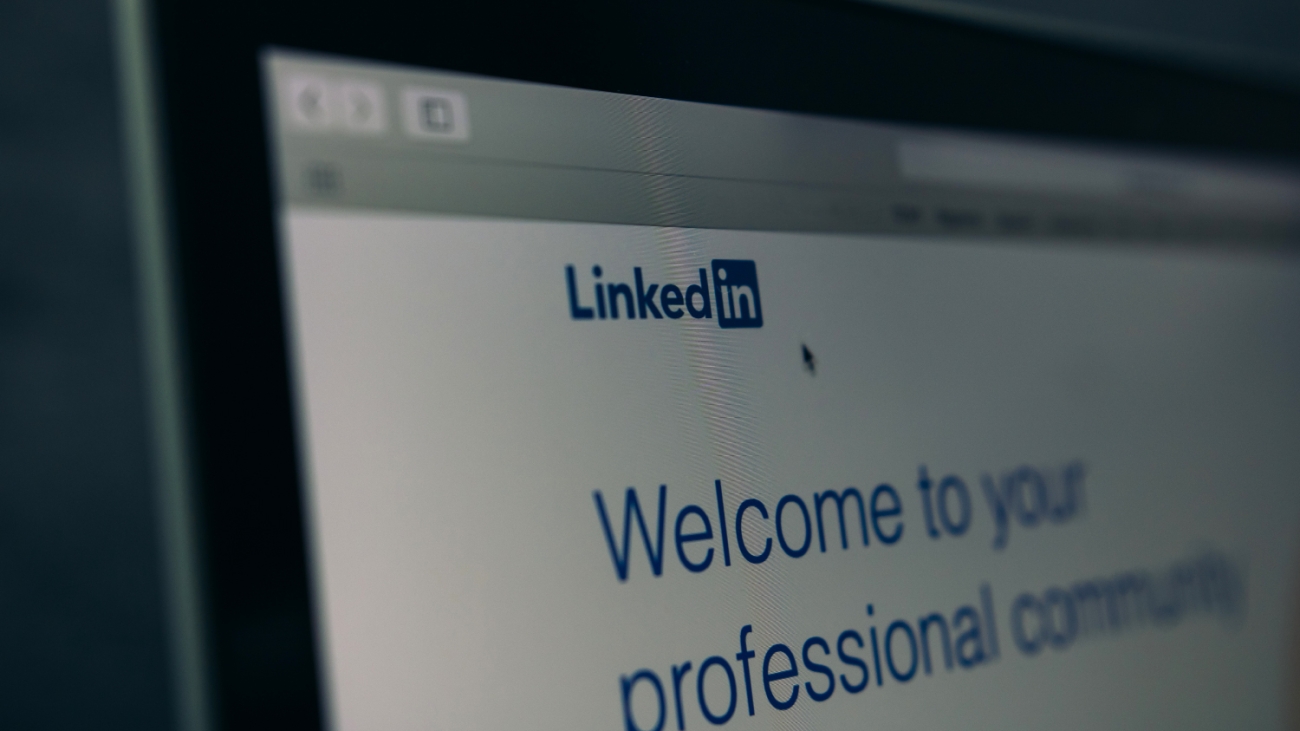In the rapidly evolving landscape of B2B marketing, companies constantly seek innovative ways to engage their audience, enhance training programs, and drive participation. One of the most compelling strategies gaining traction is gamification. By integrating game-like elements into non-game contexts, businesses can create immersive experiences that captivate and motivate their target audience. In this blog, we will explore how gamification can be effectively applied to B2B marketing strategies to achieve these goals.
Increasing Engagement Through Gamification
Engagement is the cornerstone of any successful marketing strategy. In the B2B sector, decision-making processes are often lengthy and complex. In many cases, maintaining the interest and attention of potential clients can be challenging. This is where gamification comes into play. Businesses can incorporate game mechanics such as points, badges, and leaderboards into marketing campaigns, to create a sense of competition and achievement that drives continuous engagement.
Enhancing Training Programs with Gamification
Effective training programs are essential for ensuring that employees and partners are well-informed about a company’s products, services, and processes. Traditional training methods can often be dry and uninspiring, leading to disengagement and suboptimal retention of information. Gamification transforms training into an interactive and enjoyable experience, making it more effective and memorable. For instance, adding game-like elements such as progress tracking, instant feedback, and interactive challenges can make learning more engaging and impactful.
Driving Participation Through Gamified Incentives
Participation is a critical metric in B2B marketing, especially in areas such as webinars, surveys, and product launches. Gamified incentives can significantly boost participation rates by providing tangible rewards for specific actions.
It can create a sense of excitement and urgency that motivates their audience to take action, using gamification. This might include offering points, badges, or exclusive content as rewards for participation, thus fostering a competitive and engaging environment.
Best Practices for Implementing Gamification in B2B Marketing
While gamification offers numerous benefits, its successful implementation requires careful planning and execution. Here are some best practices to consider:
1. Understand Your Audience:
Tailor gamification elements to align with the preferences and motivations of your target audience. What excites and drives your audience? Understanding the demographics, interests, and behaviors of your audience will help in designing a gamification strategy that resonates with them.
2. Set Clear Goals:
Define specific objectives for your gamification strategy. Having clear goals will guide your efforts on every focus- whether it’s increasing engagement, enhancing training, or driving participation. These goals will also help in measuring the success of the gamification efforts and making necessary adjustments.
3. Keep It Simple:
Avoid overcomplicating the gamified experience. Simple and intuitive game mechanics are more likely to resonate with your audience. Overly complex systems can lead to confusion and disengagement, so it’s important to keep the game mechanics straightforward and easy to understand.
4. Provide Meaningful Rewards:
Ensure that the rewards offered are valuable and relevant to your audience. Tangible benefits will motivate participants to engage with your gamified elements. The rewards should align with the interests and needs of your audience to ensure maximum engagement and participation.
5. Measure and Iterate:
Continuously monitor the performance of your gamification strategy and make adjustments as needed. Use data and feedback to refine your approach and maximize its impact. Regularly reviewing the effectiveness of the gamification elements will help in keeping the strategy fresh and engaging.
Also Read: How to Build an Effective Influencer Marketing Platform
Conclusion
The possibilities are vast. Incorporating gamification into B2B marketing strategies is a powerful way to increase engagement, enhance training programs, and drive participation. Businesses can create compelling and interactive experiences that resonate with their audience by leveraging the principles of game design. As companies continue to explore the potential of gamification, it will undoubtedly become an integral part of the B2B marketing landscape, driving growth and success.
By integrating gamification into your B2B marketing strategy, you not only capture attention but also foster a deeper connection with your audience. So, let’s embrace the game and unlock new levels of engagement, training, and participation. The dynamic nature of gamification can transform traditional B2B marketing approaches into innovative and engaging experiences that keep your audience coming back for more. Whether you are looking to boost engagement, enhance training programs, or drive participation, gamification offers a versatile and effective solution that can be tailored to meet your specific business needs.
Follow us on LinkedIn: OndotMedia

